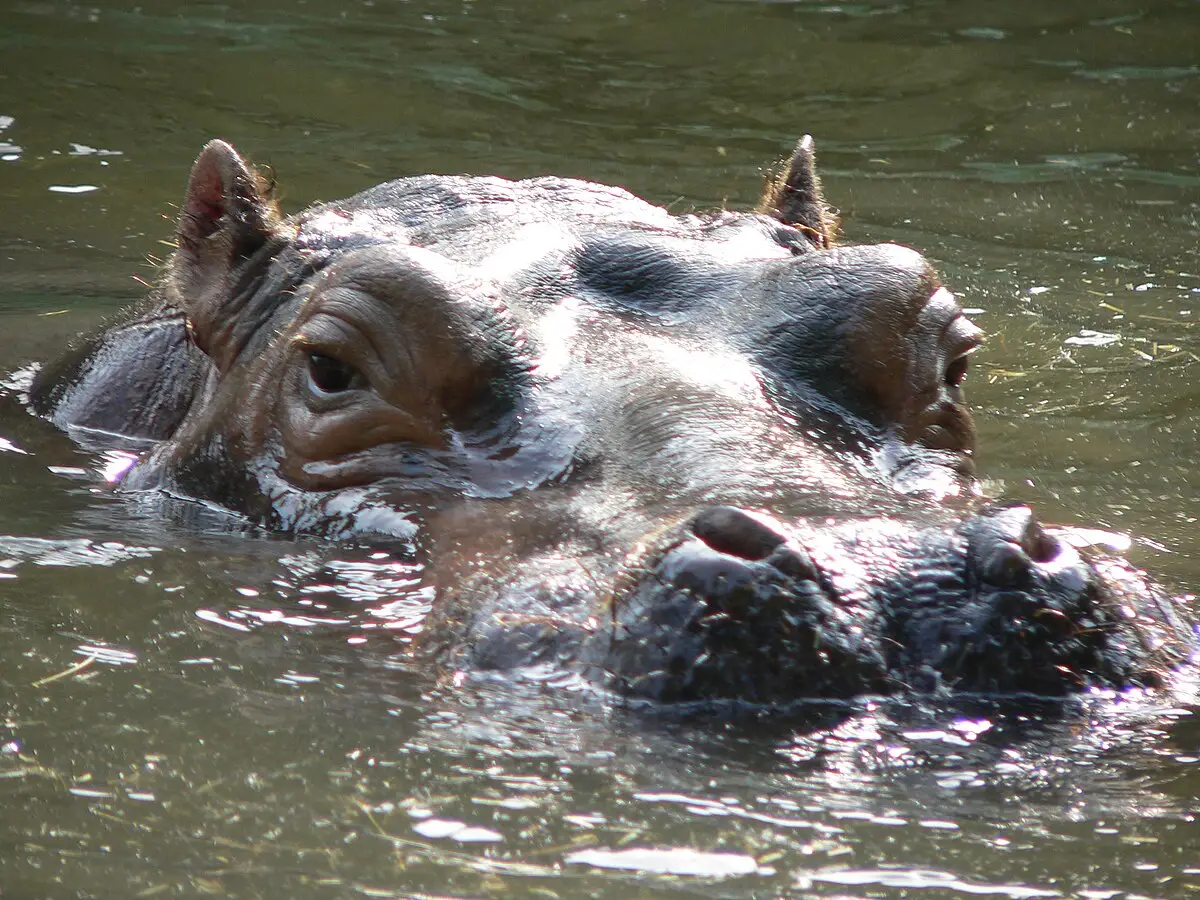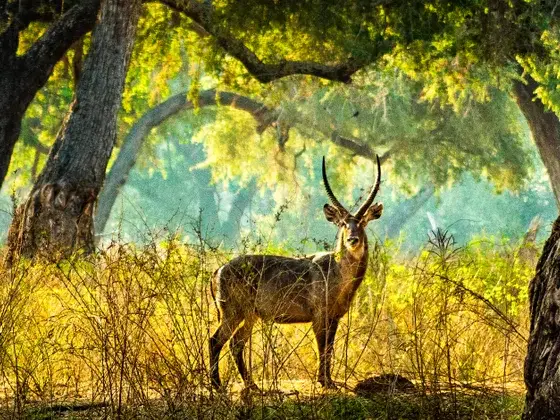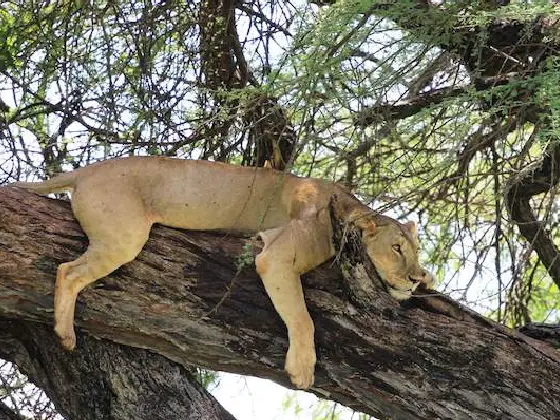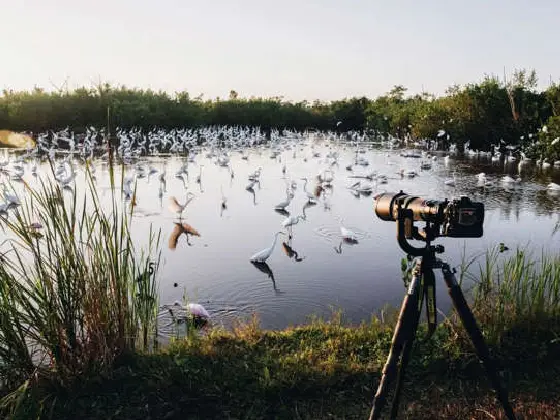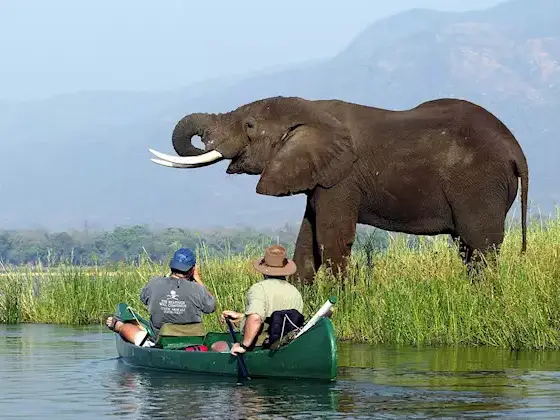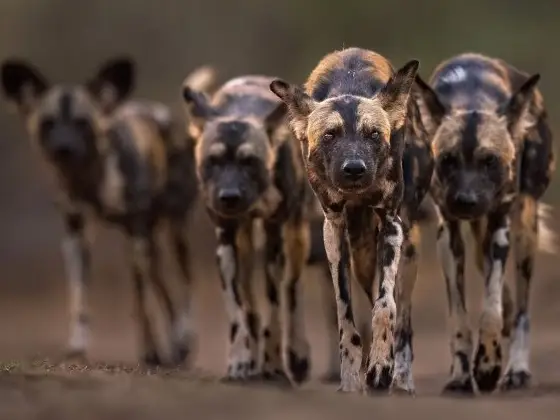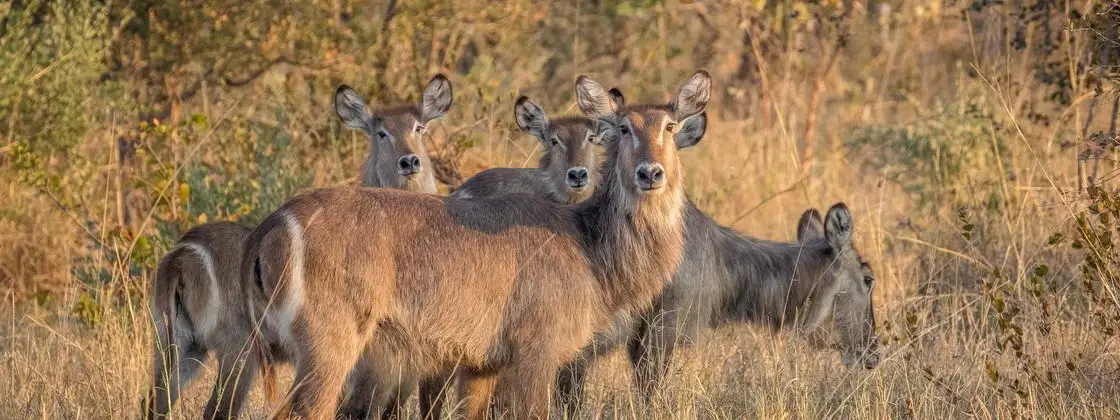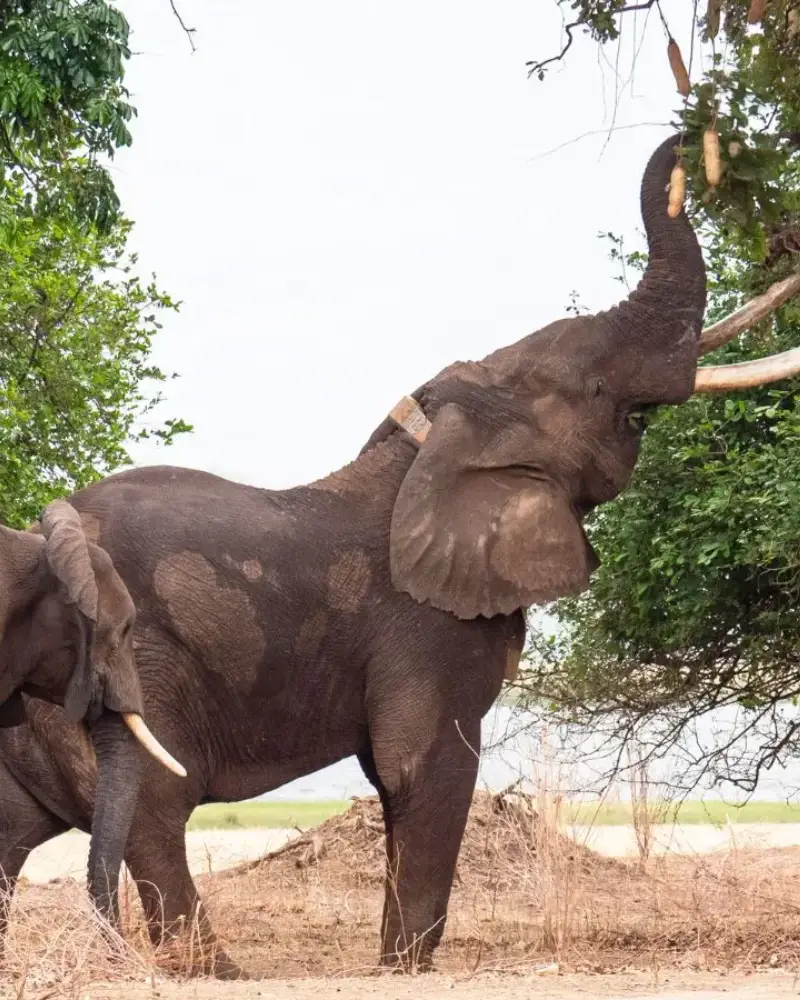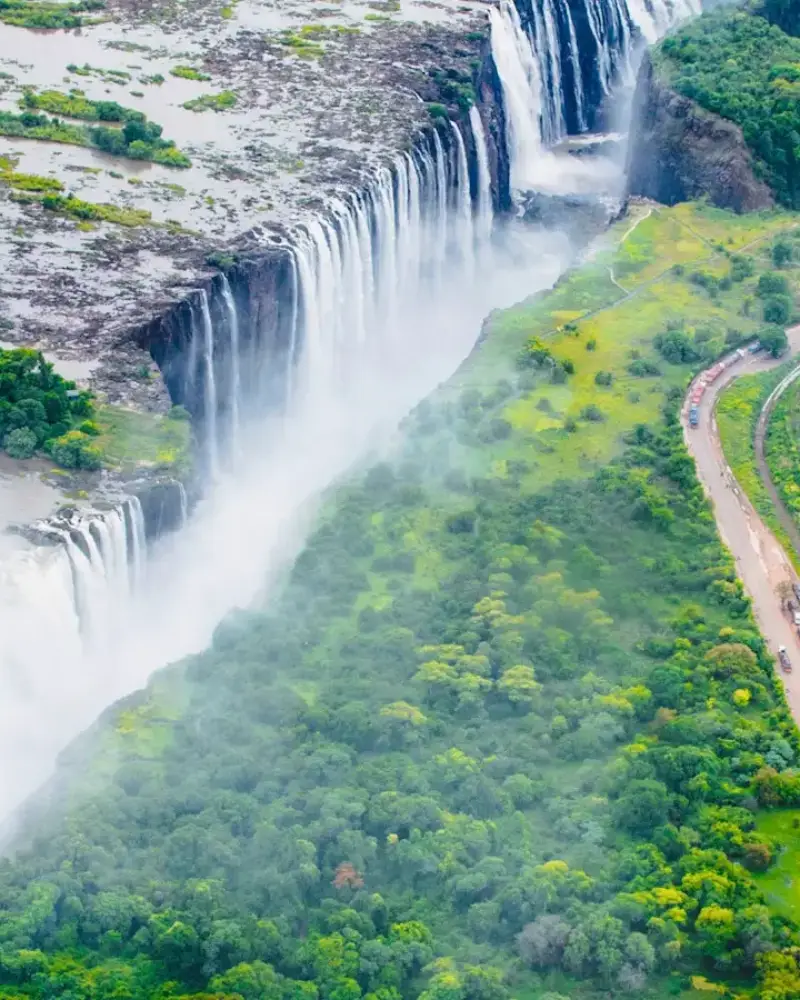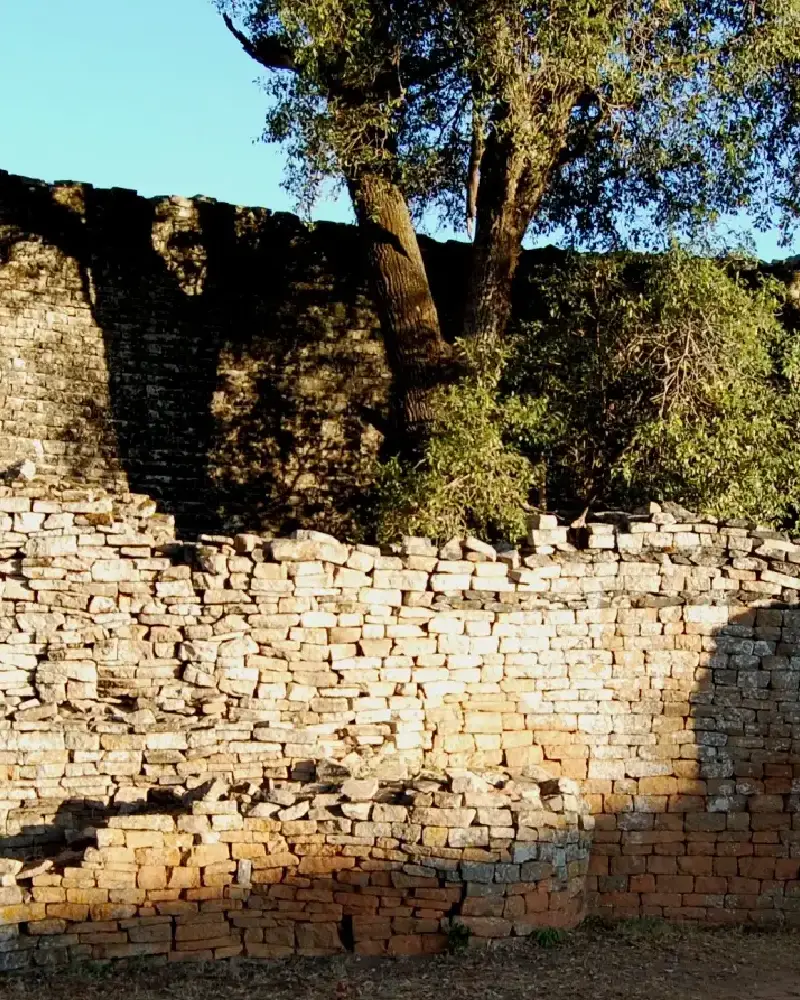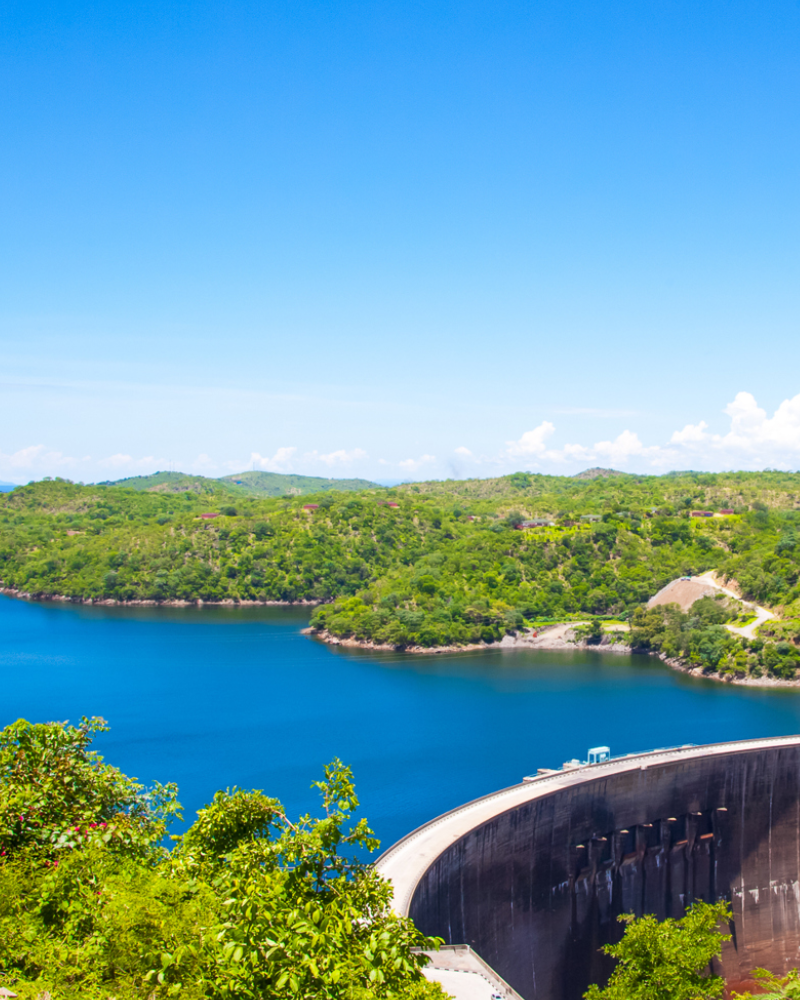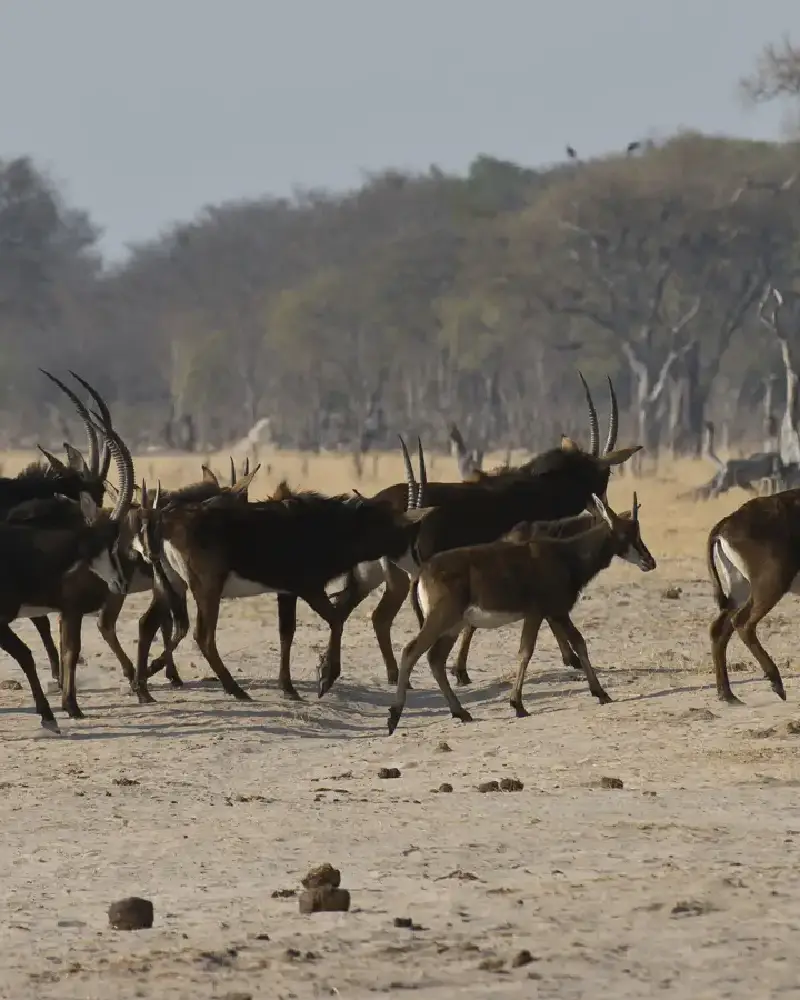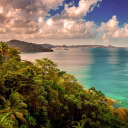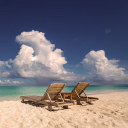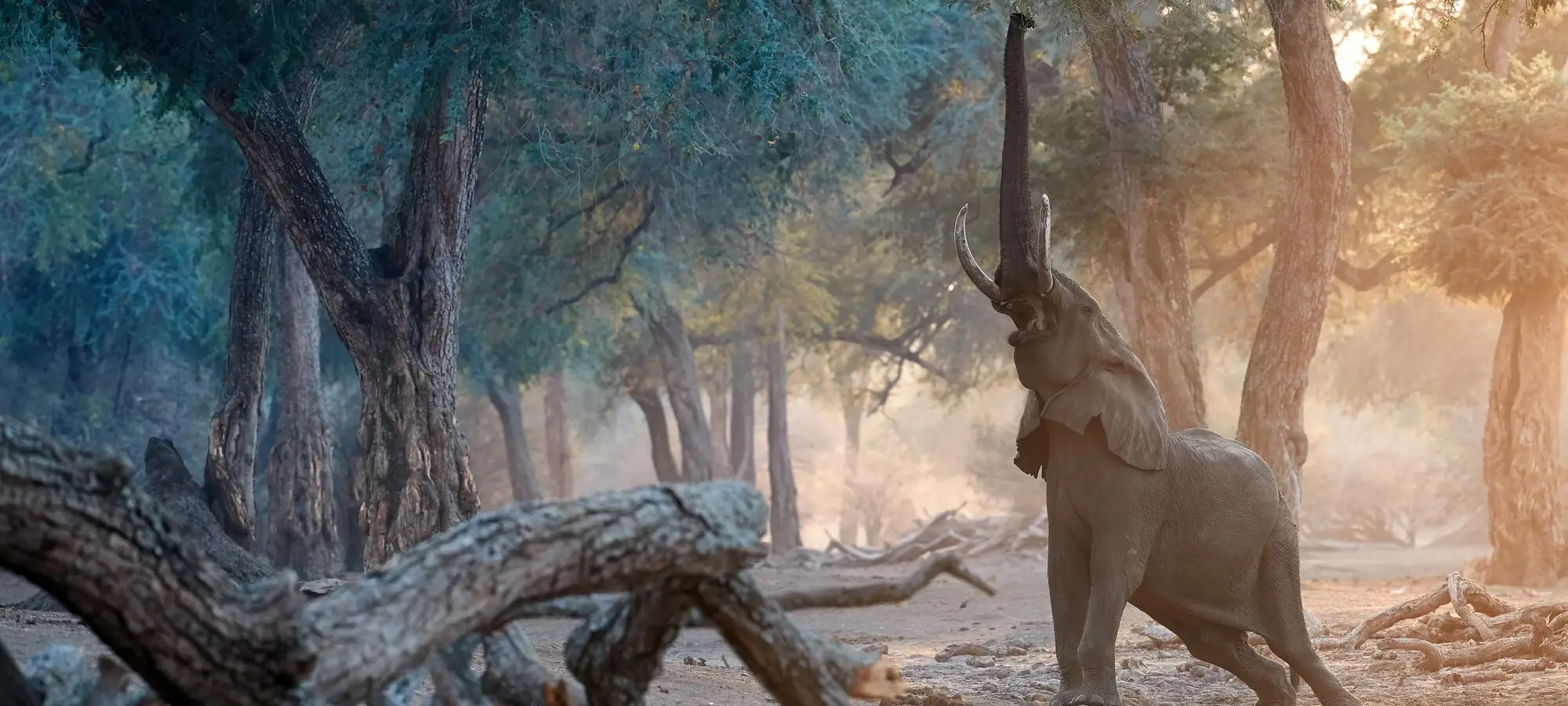
Manapools National Park
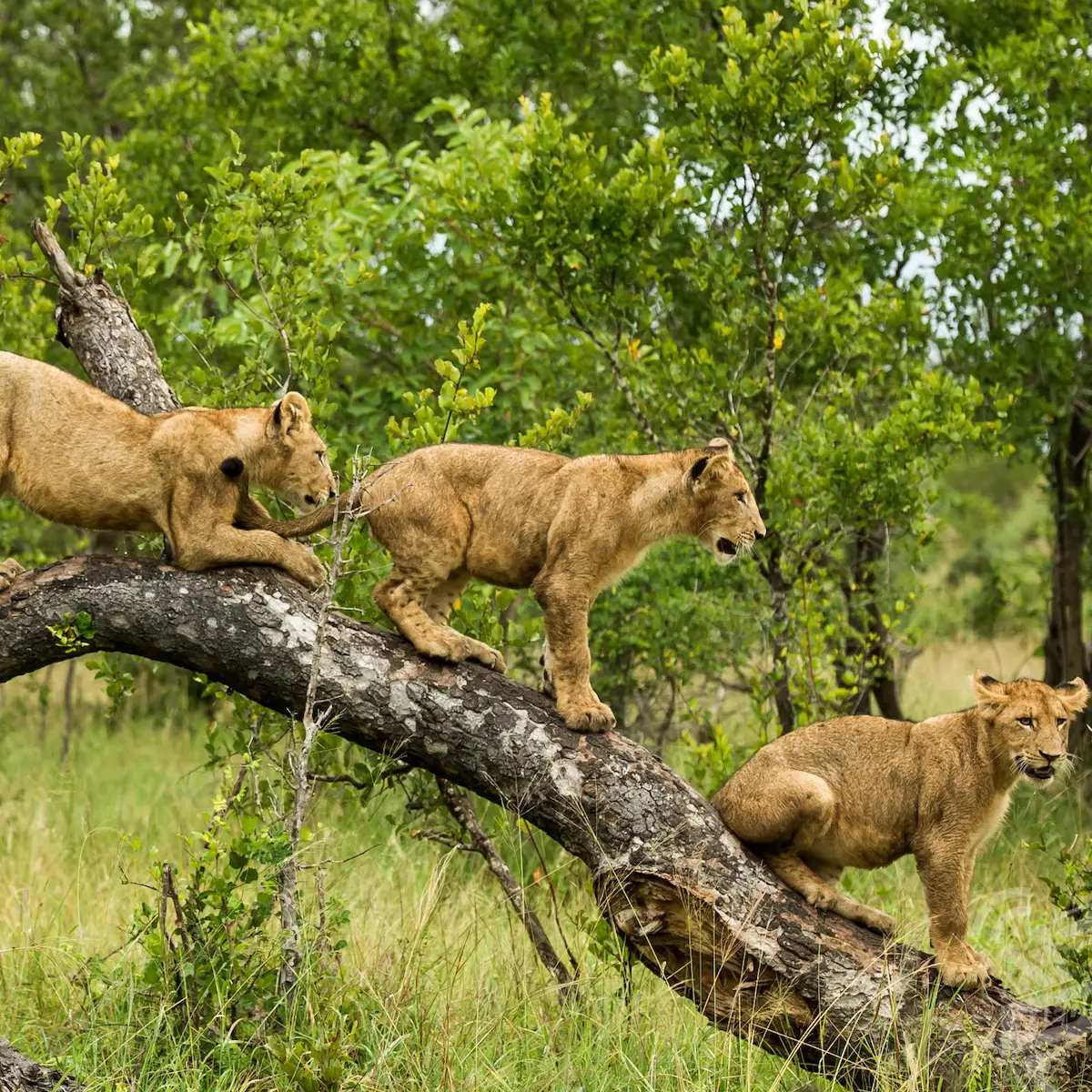
4.9
2394 reviews Best choiceMana Pools National Park
Mana Pools National Park is one of Africa’s last truly wild sanctuaries—untamed, remote, and utterly magical. Tucked along the mighty Zambezi River in northern Zimbabwe, this UNESCO World Heritage Site is named after the four shimmering oxbow pools that dot its floodplains. Here, elephants famously rise on two legs to reach high branches, lions lounge under winterthorn trees, and hippos wallow in the river’s embrace. Mana Pools is one of the few places in Africa where you can safely walk among wildlife, guided only by your senses and the rhythm of nature.
Canoe Safaris offer a unique, up-close perspective of the landscape, with unforgettable sunsets painting the river gold. With no fences and minimal infrastructure, the park feels raw and sacred—offering a deeply personal safari experience. It’s a place not just to see Africa, but to feel it—wild, alive, and beautifully unchanged by time.
Africa
Zimbabwe
English
Zimbabwean Dollar
2 Seasons (Dry & Wet)
50°F / 10°C
82°F / 28°C
GMT+2
Top Things to Do
Best Time to Visit Mana Pools National Park
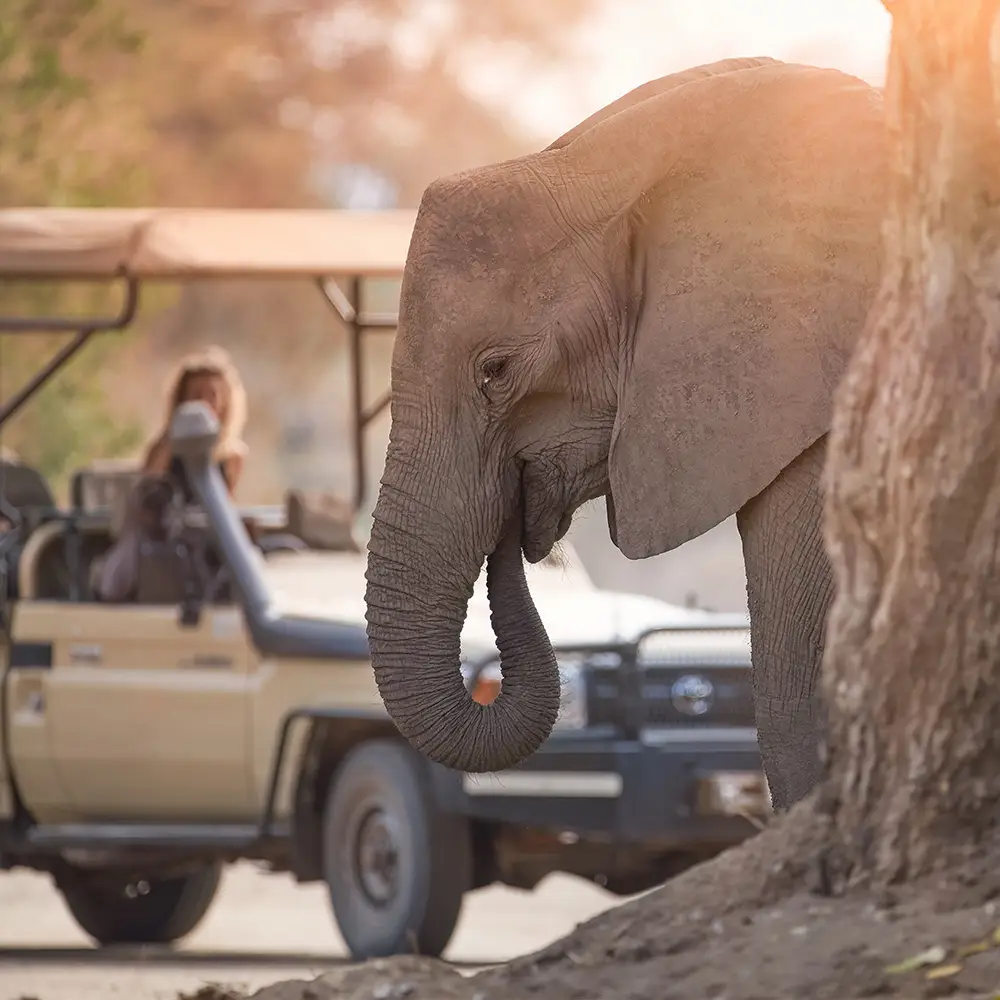

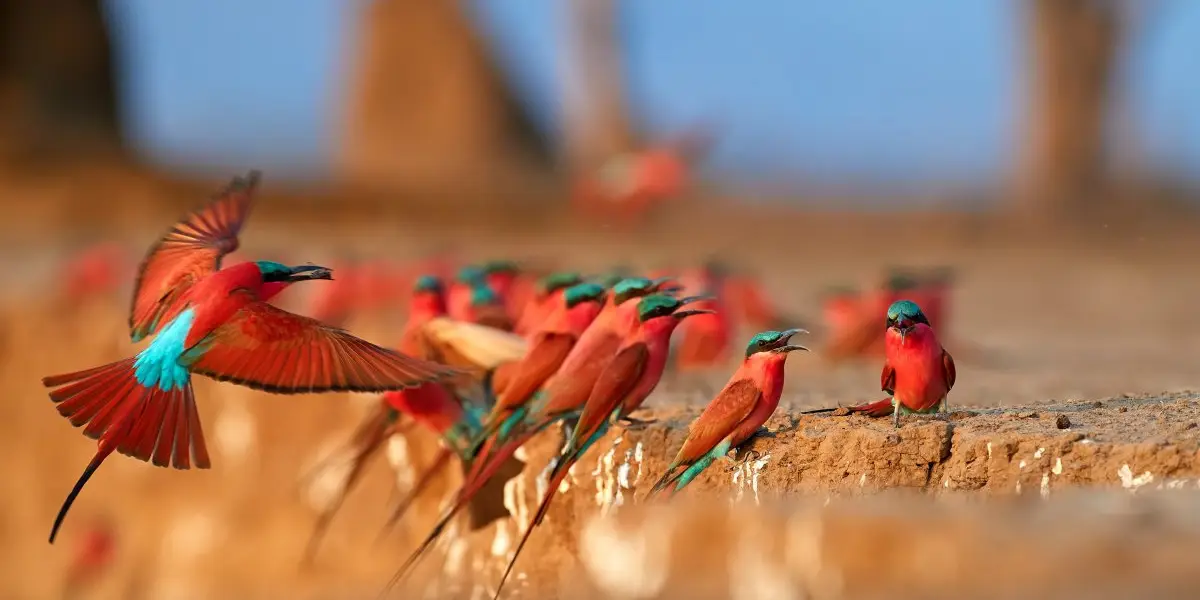
The Best Time to visit Mana Pools National Park is during the dry season, from May to October. As water sources shrink, animals gather around the Zambezi River and its pools, making wildlife viewing exceptional, especially elephants, lions, wild dogs, and countless birds. June to August brings cooler temperatures, perfect for walking safaris and canoe adventures. By September and October, the park reaches its peak for sightings, with intense animal activity and dramatic light for photography, though it can get very hot.
The rainy season, from November to April, transforms the park into a lush green paradise but many roads become impassable, and the park is largely inaccessible. However, it’s a beautiful time for birdwatchers and those seeking solitude. If you seek quiet moments by the river or thrilling close encounters with wildlife, Mana Pools in the dry season offers a rare, immersive experience in Africa’s wild heart.
